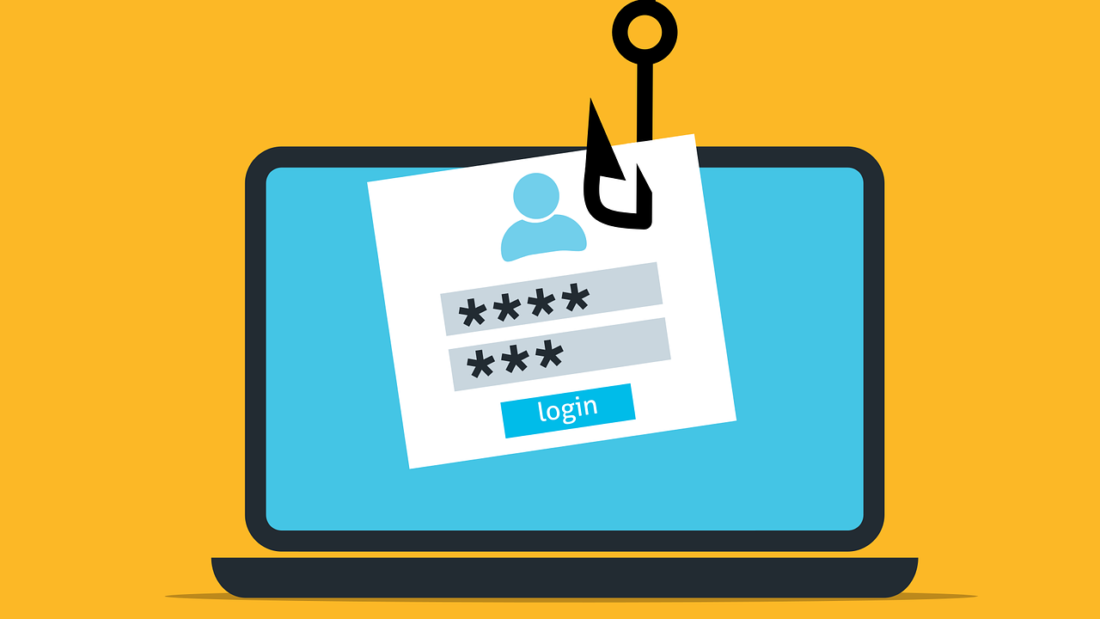In the digital age, the security of personal and professional information is paramount. Among the myriad cyber threats, phishing attacks are particularly insidious, designed to trick individuals into divulging sensitive data. This article delves into the nature of phishing attacks and offers practical advice on safeguarding against them.
What is Phishing?
Phishing is a type of cyber attack where the perpetrator poses as a legitimate entity to deceive individuals into providing sensitive information, such as passwords, credit card numbers, and social security numbers. These attacks can occur through various channels, including email, phone calls, text messages, or social media.
How Phishing Works
Typically, a phishing attempt starts with a communication piece that appears to be from a trusted source. It may prompt the recipient to click on a link, which leads to a fake website that closely resembles a legitimate one. Here, victims are tricked into entering their personal information, unknowingly handing it over to the attackers.
Common Types of Phishing Attacks
- Email Phishing: The most common form, where emails are crafted to look like they’re from reputable companies or known contacts.
- Spear Phishing: A targeted form of phishing that involves highly personalized messages aimed at specific individuals or organizations.
- Whaling: A variant of spear phishing that targets high-profile individuals like senior executives.
- Smishing and Vishing: Phishing attacks conducted via SMS (smishing) or voice calls (vishing).
Recognizing Phishing Attempts
- Suspicious Email Addresses: The sender’s email might look odd or have subtle misspellings.
- Urgency and Fear Tactics: Phishers often create a sense of urgency, prompting hasty actions.
- Unsolicited Attachments: Unexpected email attachments are common red flags.
- Inconsistencies in URLs: Hover over any links without clicking to check for authenticity.
Protecting Yourself from Phishing Attacks
- Stay Informed: Awareness of the latest phishing tactics is your first line of defense.
- Verify Sources: If unsure, contact the company or individual directly through verified channels.
- Use Security Software: Install and update security software to detect and block phishing attempts.
- Two-Factor Authentication (2FA): 2FA adds an extra layer of security, making stolen information less useful to attackers.
- Education and Training: Regularly educate yourself and your team about recognizing and avoiding phishing attempts.
- Backup Data: Regularly back up your data to minimize damage in case of successful attacks.
In Case of a Phishing Attack
- Don’t Panic: Act promptly but calmly.
- Change Your Passwords: Immediately change the passwords of any compromised accounts.
- Alert the Authorities: Report the phishing attempt to relevant organizations or cybersecurity authorities.
- Monitor Your Accounts: Keep a close eye on your accounts for any unusual activity.
Conclusion
Phishing attacks are a growing threat in the cyber landscape, but knowledge and vigilance can significantly reduce their effectiveness. By staying informed, exercising caution, and employing robust security measures, individuals and organizations can protect themselves against these deceptive tactics. Remember, when it comes to cybersecurity, being proactive is key.

